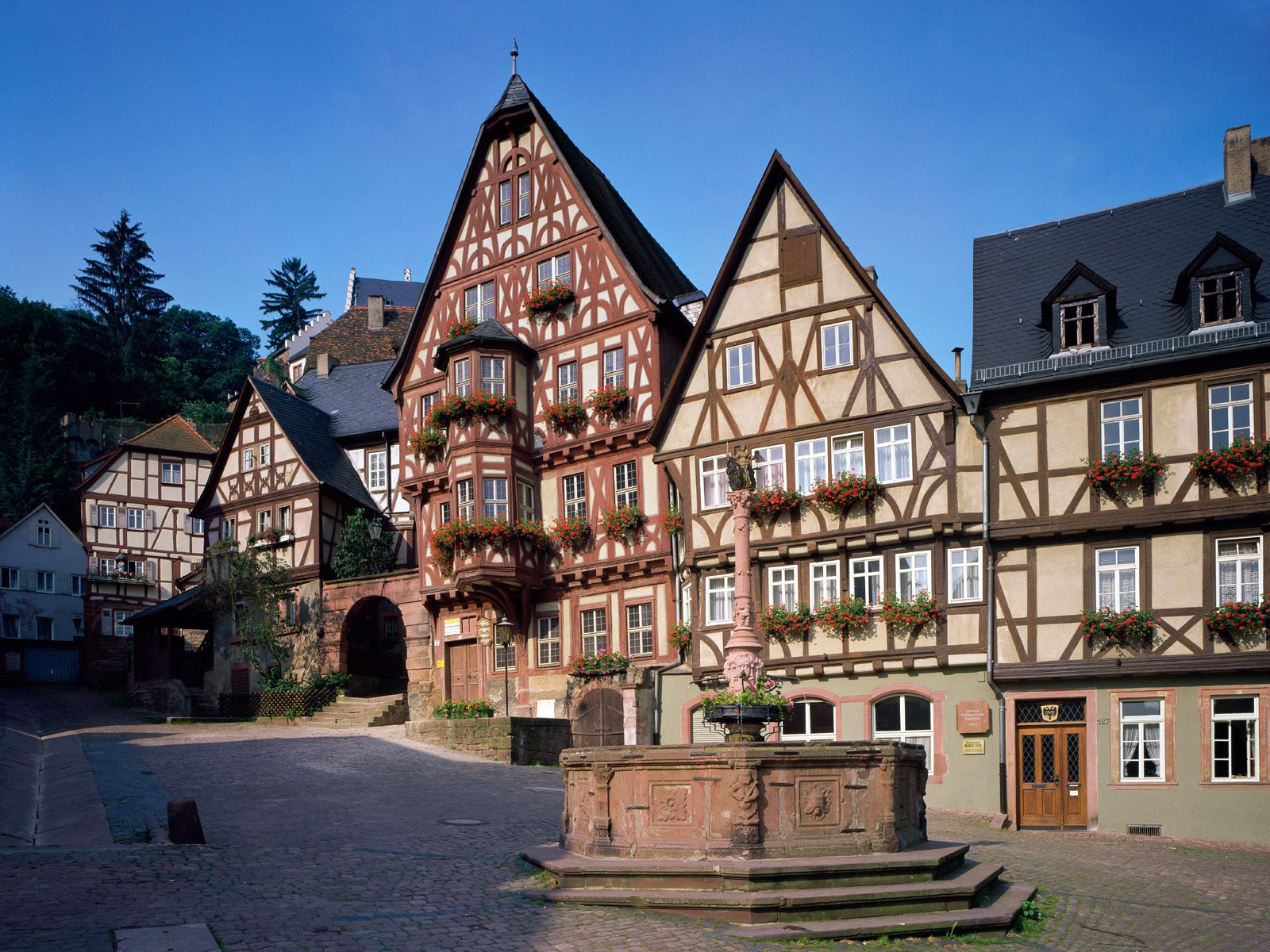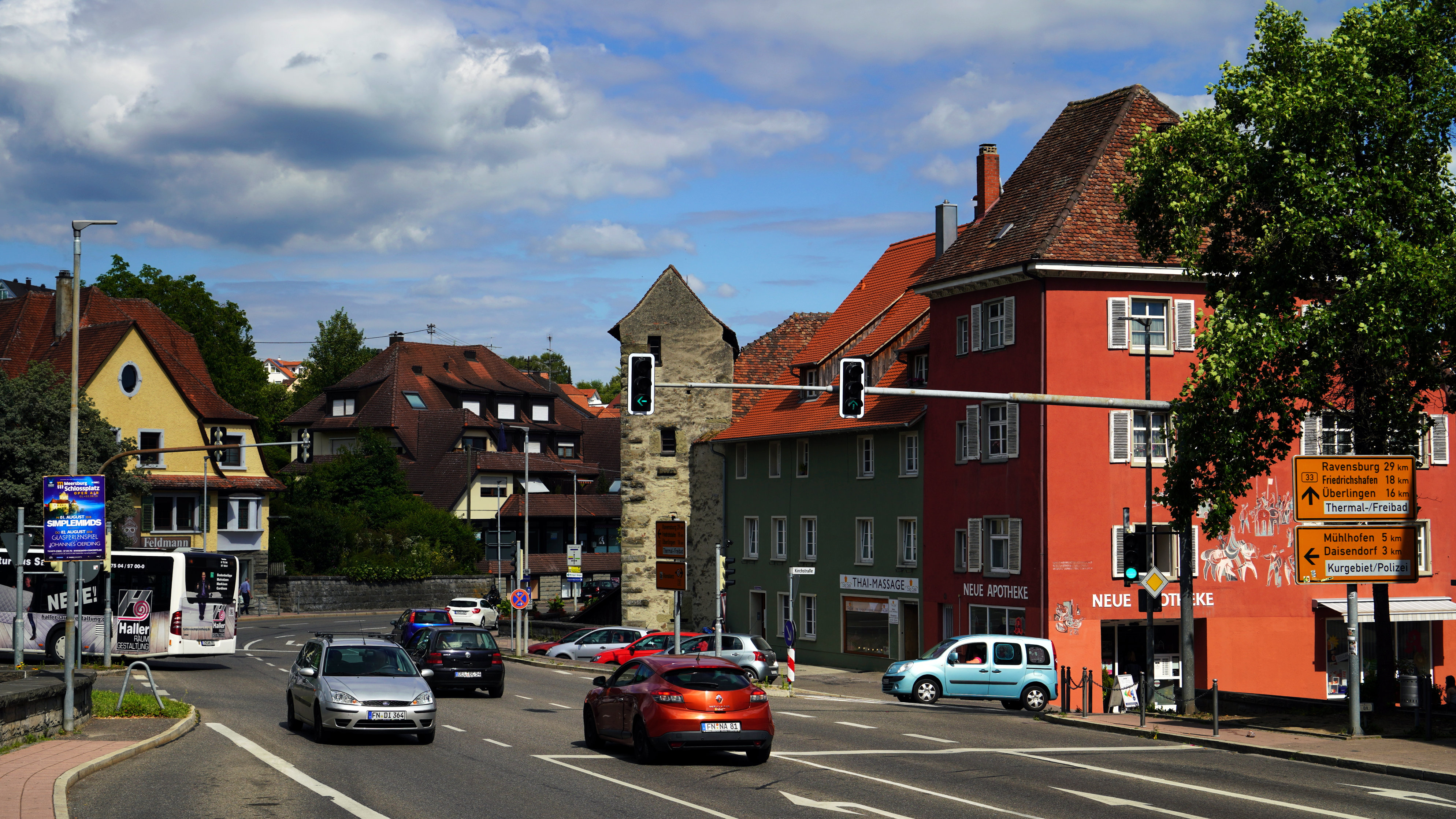Global Travel Information
River Rhine, Germany/France/etc.
The Rhine River: Europe’s Lifeline Through History and Culture
The Rhine River, one of Europe’s most iconic waterways, stretches approximately 1,230 kilometers (760 miles) from the Swiss Alps to the North Sea. Flowing through six countries—Switzerland, Liechtenstein, Austria, Germany, France, and the Netherlands—the Rhine has shaped the continent’s geography, economy, and culture for millennia. From its glacial origins to its role as a modern trade artery, the Rhine is a testament to nature’s power and human ingenuity.
Origins and Geography
The Rhine begins its journey in the Swiss Alps, where two small tributaries, the Vorderrhein and Hinterrhein, merge near the town of Reichenau. As it descends, the river carves through dramatic landscapes, including the Rhine Gorge—a UNESCO World Heritage Site—where steep cliffs and medieval castles create a fairy-tale setting.
The river’s course can be divided into several sections:
- The Alpine Rhine (Switzerland/Liechtenstein/Austria): A fast-flowing, glacier-fed stream.
- The High Rhine (Switzerland/Germany): Marked by waterfalls like the Rhine Falls near Schaffhausen.
- The Upper Rhine (Germany/France): A broad valley flanked by vineyards and historic cities like Strasbourg.
- The Middle Rhine (Germany): The legendary stretch between Mainz and Bonn, dotted with castles and Lorelei rock.
- The Lower Rhine (Germany/Netherlands): A slow-moving delta that merges with the Meuse and Scheldt before reaching the sea.
Historical Significance
The Rhine has been a cradle of European civilization since antiquity. The Romans established military outposts along its banks, such as Cologne (Colonia Claudia Ara Agrippinensium) and Mainz (Mogontiacum). Later, Charlemagne used the river to unify his empire, and medieval trade guilds built prosperous cities like Basel and Rotterdam along its shores.
During the Industrial Revolution, the Rhine became Europe’s economic backbone. The 1815 Congress of Vienna declared it an international waterway, ensuring free navigation—a principle upheld today by the Central Commission for Navigation on the Rhine (CCNR).
Cultural and Economic Impact
1. Trade and Industry:
The Rhine is Europe’s busiest inland waterway, transporting over 300 million tons of goods annually—from coal and chemicals to Dutch tulips. Major ports like Duisburg (the world’s largest inland port) and Rotterdam rely on its waters. The Rhine-Main-Danube Canal further connects it to the Black Sea, creating a transcontinental trade route.
2. Wine and Agriculture:
The river’s microclimates foster world-renowned vineyards, particularly in Germany’s Rheingau and France’s Alsace regions. Riesling and Pinot Noir thrive on sun-drenched slopes like the Lorelei Valley.
3. Folklore and Art:
The Rhine has inspired countless legends, from the Nibelungenlied (a medieval epic) to the tale of the Lorelei—a siren whose song lured sailors to their doom. Romantic-era poets like Heinrich Heine and painters like J.M.W. Turner immortalized its beauty.
Environmental Challenges
Despite its resilience, the Rhine faces threats:
- Pollution: Industrial runoff and agricultural chemicals once turned the river into a "sewer," culminating in the 1986 Sandoz chemical spill that killed thousands of fish. Strict regulations have since improved water quality.
- Climate Change: Rising temperatures threaten Alpine glaciers, reducing summer water levels and disrupting shipping. The 2018 drought forced cargo ships to reduce loads by 30%.
- Biodiversity Loss: Once-extinct species like salmon are being reintroduced, but dams and urbanization continue to fragment habitats.
The Rhine Today: A Symbol of Unity
The Rhine remains a symbol of European cooperation. Cross-border initiatives like the "Rhine 2040" program aim to balance ecology and commerce, ensuring the river endures for future generations.
From its mythic past to its modern vitality, the Rhine is more than a river—it is Europe’s liquid history, flowing relentlessly toward the future.
(Word count: 1,050)

Note: This is an original article. For expansion, consider adding sections on tourism (e.g., river cruises), specific cities (Cologne’s cathedral, Strasbourg’s Petite France), or political treaties (e.g., the Rhine Pact). Let me know if you'd like adjustments!
相关文章
- Elbe River Botanical Gardens: Flowers & Plants Along the Banks
- Elbe River Zoos & Aquariums: Family Fun Near the River
- Elbe River Amusement Parks: Rides with River Views
- Elbe River Camping Spots: Pitch a Tent by the Water
- Elbe River Glamping Sites: Luxury Camping Along the Banks
- Elbe River RV Parks: Stay in Your Camper Near the River
- Elbe River B&Bs: Cozy Accommodations with a Personal Touch
- Elbe River Hostels: Budget Stays for Young Travelers
- Elbe River Business Travel Guide: Meetings & Events Near the Water
- Elbe River Conference Venues: Spaces with River Views
发表评论
评论列表
- 这篇文章还没有收到评论,赶紧来抢沙发吧~


